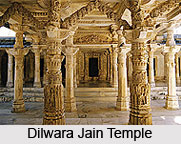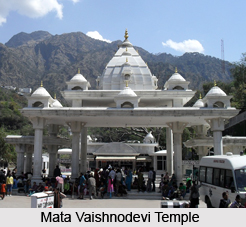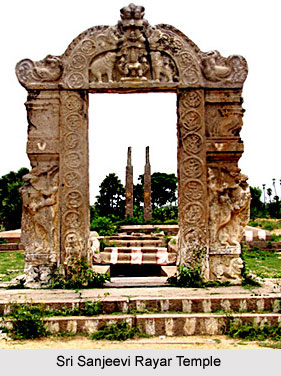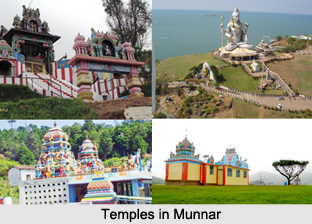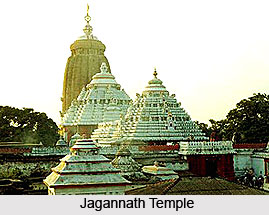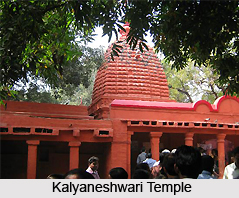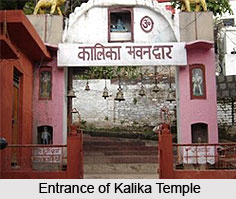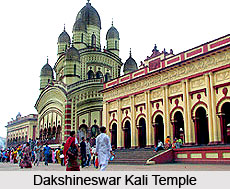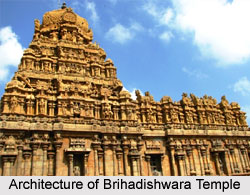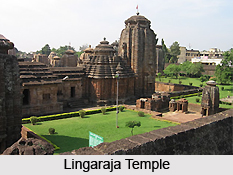 Temples in Bhubaneshwar are amongst the oldest in India and are about six hundred in number in the city. The biggest and the finest among the Bhubaneshwar temples is the Lingaraja Temple. It is for this reason that Bhubaneshwar is also known as the temple city of India. The city bears the historical hub of several things. It is situated in the western coastal regions of India.
Temples in Bhubaneshwar are amongst the oldest in India and are about six hundred in number in the city. The biggest and the finest among the Bhubaneshwar temples is the Lingaraja Temple. It is for this reason that Bhubaneshwar is also known as the temple city of India. The city bears the historical hub of several things. It is situated in the western coastal regions of India.
Ancient History of Bhubaneswar
Bhubaneshwar was once the capital of ancient Kalinga and now it is the capital of the state of Odisha. It became Odisha`s capital in the year 1948, a year after India`s independence. The history of this city dates back to more than 2000 years. Bhubaneshwar, as meant literally, `Lord of the Universe` and also called as the `Cathedral of the east`. Presently, the city is under the process of tremendous development as IT Hub in India while it has also suitably preserved its historical monuments and temples.
Bhubaneshwar forms a vital part of the Golden Triangle formed between the Jagannath temple of Puri and the Sun temple of Konark. From the 8th to the 13th century, 7000 or more temples were constructed of sandstone and thus there was a development in the stone construction. Shantistupa is another historical monument which was erected by Ashoka the Great. It is a symbol of peace and thus completes the golden triangle.
Lingaraja Temple
The largest Hindu shrine in Bhubaneswar, Lingaraja Temple, in its present form, dates back to the 11th century. The temple complex has four main sections, namely Vimana (sanctum), Jagamohana (hall of assembly), Natamandira (hall of events) and Bhoga Mandapa (hall of offerings). All these are arranged in a straight line, and each has a tower, higher than the one preceding it. The main feature of the complex is its almost 148-feet high sanctum tower, every bit of which carries ornate sculpting. Not only the tower, but the walls of Bhoga Mandapa also contain sculptures.
Mukteswara Temple
Another notable temple in the city of Bhubaneshwar is the Mukteswara temple. It is also called the `Gem of Odisha Architecture`. This temple belongs to the 10th century and it is dedicated to Lord Shiva. The Mukteshwara temple is famous for its magnificent work in Kalingan style of architecture with a mixture of Buddhist, Hindu and Jain features. The temple is also well-known since it was constructed during the phase of transition of early and late school of architecture of Kalinga. The temple presents a magnificent gateway or `torana` which is brilliantly designed with sculptures of monkeys, female figurines, peacocks, etc. Different ascetic figures in meditative pose are also engraved on the walls of the temple.
Jagannath Temple
Jagannath Temple in Puri is one of the Char Dhams. It is thought to have originally been a Jain shrine. The temple complex, measuring a whopping 400000 sq feet has all the elements of a regional Kalinga architectural shrine, i.e. Vimana, Jagamohana, Natamandira and Bhoga Mandapa. Every year in June-July, the temple hosts the famous Rath Yatra, wherein huge wooden chariots are pulled by devotees. The holy sight of Lord Jagannath, accompanied by Subhadra and Balabhadra raises loads of joy among the devotees. The structural design of the temple is in pyramid shape and consists of four entrance gates, named as Singhadwara, Ashwadwara, Hathidwara and Vyaghradwara referring to lion, horse, elephant and tiger.
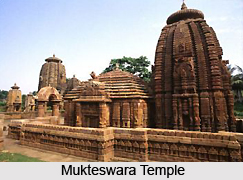 Rajarani Temple
Rajarani Temple
The Rajarani temple belongs to the 11th century. It is known for its stone figures and the successive tiers of projections which arise to make the 18 meter tower. The miniature replicas decorate the spire, which are similar to those in the Khajuraho temples. The major highlight of this temple is the beautiful sculptures of dikpalas or guardians of the eight directions engraved around the shrine. Decorated in diaphanous drapery, these dikpalas stand on lotuses, having their mounts beneath. From the eastern portion, one can see Indra with a thunderbolt in his hand and an elephant, the beared Lord Agni, God of fire with the Ram and Lord Yama with a noose and a staff.
There is Nirriti, the God of misery bearing a sword and a severed head, Lord Varuna, having a noose, and his vehicle as makara, Vayu, with a banner and a deer as his vehicle, and Kubera is placed at the top of seven jars of gems, and possesses a horse. Another figure of Isana is displayed with an upright phallus alongside an emaciated figure.
Konark Sun Temple
The Konark Sun temple is dedicated to the Hindu sun god Surya and conceived as a giant stone chariot with 12 wheels, it is the most famous of the few sun temples built in India. It is located about 35 km northeast of the city of Puri on the coastline in the state of Odisha. It was built in 1250 CE by King Narasimhadeva I (1238-1264 CE) of the Eastern Ganga dynasty (8th century CE - 15th century CE). Although many portions are now in ruins, what remains of the temple complex continues to draw not only tourists but also Hindu pilgrims.
Parashurameshwar Temple
The evidence of Parashurameshwar Temple being constructed much earlier than the two above-mentioned shrines is evident in its even smaller size and rather primitive carvings. Large parts of its Jagamohana (assembly hall) are bereft of decorative elements. This is said to be the first shrine in the region to have an additional structure (assembly hall) other than the Vimana-topped sanctum.
Ananta Vasudeva Temple
While most of the temples in the city are associated with the Shaiva sect, Ananta Vasudeva Temple is associated with the Vaishnava sect, reflecting that by the time it was constructed (13th century), Vaishnava deities had been assimilated in the otherwise dominantly Shaiva culture. Another way in which it is different from other shrines is that, it has three structures, whereas others have either two or four.
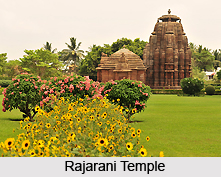 Bhaskareshwar Temple
Bhaskareshwar Temple
Bhaskareswar Temple looks unfinished as it has just one structure on a raised plinth. The reason for this might be, it was earlier a Buddhist site which was modified and converted into a temple. Another reason might be it is rather unadorned in terms of carvings. Its main attraction is its Shiva Linga, which is almost 9 feet high.
Chausathi Jogini Temple
Located just outside the city, Chausathi Jogini Temple stands in stark contrast to a Hindu temple. Built in a circular fashion with no roof, it is associated with the Tantric cult, rather than mainstream Hinduism, bearing a similarity to Druid temples, such as the Stonehenge in England. Inside the temple, 56 idols of various forms of Goddess Kali are kept in niches in the wall.
Brahmeshwar Temple
Brahmeshwar Temple is said to be built by Kolavati Devi during the reign of her son, Udyotakesari, in AD 1058-1060. Brahmeswara Temple is built according to the Panchatanaya plan, which means that there are four smaller shrines flanking the primary temple on each cardinal direction. Images of musicians and dancers appear on it for the first time, hinting at the continuous evolution in regional architecture. Reportedly, this was also among the first shrines, the construction of which included iron beams.
Baitala Deula
Baitala Deula was built in the 8th century that makes it one of the oldest Hindu shrines in Bhubaneswar. It is again a bit unusual. Its temple tower is slightly pyramidal in shape, rather than cylindrical. This and the three spires on its top take it closer to being a South Indian Dravidian temple. The four vertices of its Jagamohana house four smaller temples as well, complete with their Vimana.
Besides the temples, Bhubaneshwar also house several contemporary monuments. Thus this city in Odisha offers a homogeneous mixture of its modern day aspirations and the intriguing past.












